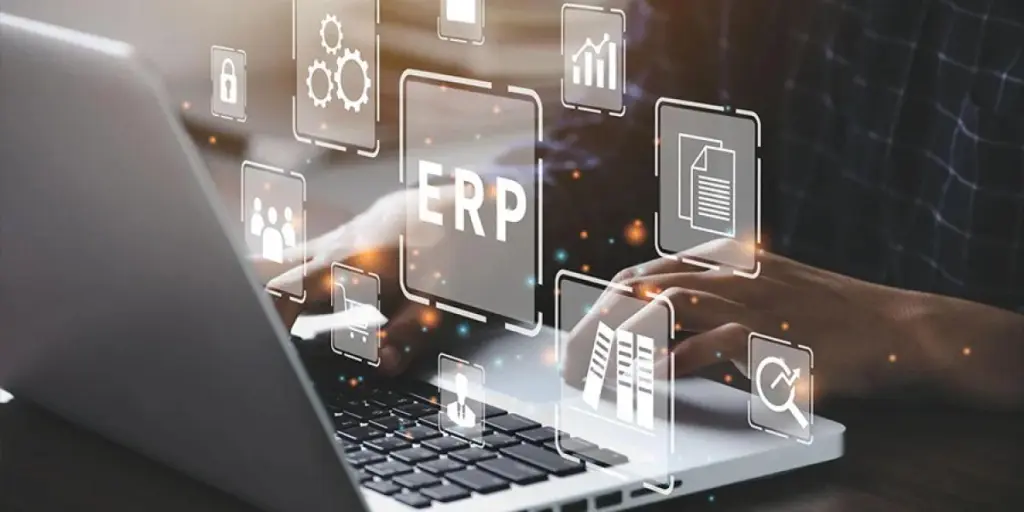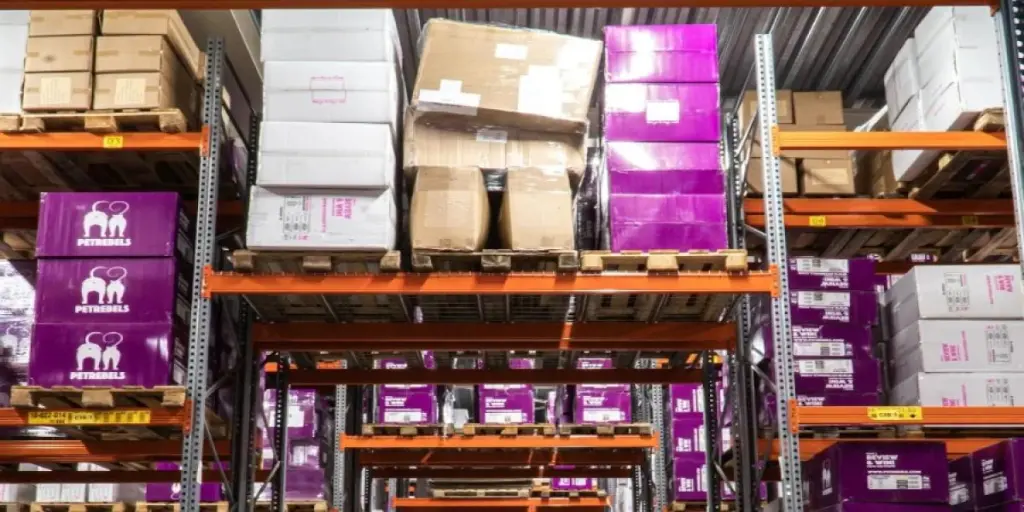Operating a successful business can frequently prove overwhelming. An absence of a suitable management-easing mechanism proves this to be true. For instance, doing various tasks independently, such as supply management, manufacturing resource planning, and human resources, can be difficult and tedious.
Because of this, the use of ERP systems can reduce operational costs by almost 23 percent on average. That said, this article will define ERP, then explain how it works and why businesses must adopt it.
Table of Contents
What is ERP (Enterprise Resource Planning)?
How does an ERP system work?
Why Is ERP Important for businesses?
3 types of ERP systems
ERP development trends
Bottom point
What is ERP (Enterprise Resource Planning)?
ERP is a unified platform with a standard user interface of various automated applications integrated to enhance workflow processes. The processes include collecting data inputs from departments such as accounts, procurement, sales, marketing, human resource, manufacturing, etc.
The system is centralized, where everyone can access information from every department. In simple terms, ERP combines people, processes, and technology within a modern enterprise.
How does an ERP system work?
An ERP works by using a defined standard of data structure. It’s also compatible with other enterprise modules of your company and operates from one database. More so, it allows the flow of information where data fed from one station is instantly available for relevant or authorized users to access.

The data is accessible by whoever needs it and keeps everyone on the same page concerning the information. For instance, a garage with multiple outlets that buys spare parts will name brake pads as “front brake pads.” When the data is fed into the ERP, users from other outlets can see when the front brake pads (13 pairs) have been requisitioned by, say, garage E.
The data is usually in real-time across all departments or stations. Managers can analyze the performance of every department and suggest changes when necessary.
While supply management can correlate the number of items acquired and the prices, the sales team can confirm the stock. The finance department can compare the amount and plan to release more funds based on the sales and the inventory.
A company experiences greater convenience when it procures different modules for specific business functions. The modules can be integrated to enhance the automatic data flow across the ERP.
Some of the common ERP modules include;
- Finance: Usually the basis of most ERPs. It manages financial records like tracking payable and receivable accounts, plus financial reporting.
- Procurement: Manages purchases of raw materials and finished products. It also ensures there’s no overbuying or underbuying of products or materials.
- Human Resources Management: Companies use the module to manage its workforce informational details and track performance reviews
Why Is ERP Important for Businesses?
Regarding data consolidation and improving workflow by integrating applications, ERP makes it easy for a business to operate. All information can be fed and accessed in real-time, eliminating back and forths. The following factors illustrate the importance of ERP for companies.
Workflow visibility and streamlining
ERP software increase transparency within the company’s departments. Everyone with access to the software is on the same page because the information is the same.
The software also eliminates the need for constant update requests from top-tier management. All they need to do is log into the system and retrieve the relevant information.
Business intelligence and data analytics
ERPs are developed to synthesize and analyze data, a function that needs execution by an expert. The software can analyze trends and assist the company improve workflow in the front and back offices.
By highlighting an oversight, ERP can offer solutions to bottlenecks in a supply chain process. For instance, items that need procuring are short by several units causing a disparity in pricing.
Cross-department collaboration
A collaborative workforce is effective and achieves a lot in a short time. An ERP promotes the sharing of information in real time with everyone in need of it. The data can include contracts, purchase orders, human resource records, and any information related to business activities.
3 types of ERP systems

Different types of ERP systems will depend on the needs of a business. Some may require a company to incur more costs, others affordable or accessible.
On-premise ERP
On-premise ERP is where the software is stationed at the company’s premises and is managed by the company’s staff after its subsequent installation by an IT expert. Access to the premises guarantees security for the system, and it’s easy to oversee the activities. Onsite ERP requires the company to have an IT department to conduct regular maintenance, which is a cost.
Cloud-based ERP
This ERP system is where a third party manages the service. The most significant advantage of this setup is that information can be accessed using a web browser on smartphones or tablets from any point as long as there’s an internet connection.
Companies using this form of ERP usually purchase a license or subscribe for specific periods. The company rents the servers from a third party, and its information is stored in the cloud as a single infrastructure user.
There is no sharing with other companies, and it is often referred to as single-tenant. In the setup, the company has more software control with a free hand to customise, creating more work for the business.
Hybrid ERP
The system combines on-premises and cloud ERP for convenience. An entity may opt to design a two-tier hybrid deployment that keeps the on-premise system at the headquarters and allocates cloud systems to satellite offices or subsidiaries.
Or, cloud solutions may be suitable for specific business needs. While some selected business demands may work well with on-premise deployments. Irrespective, the two systems have to be connected to enhance smooth data flow.
ERP development trends
ERPs have come a long way, and to make them more relevant, certain trends will make the systems a necessity. They include;
- Internet of things (IoT): IoT refers to the interconnectivity of computers and other devices. IoT offers real-time data tracking, asset management, efficiency and more. It needs less manual input, which reduces the need for technicians and the accompanying costs.
- Mobile ERPs: Since more people are using smartphones, it makes sense that mobile-friendly ERPs should be the future. Nowadays, smartphones have great processing capabilities that can handle ERPs enabling employees to work from anywhere with a good internet connection.
Case in point, a manager can approve payments using their phones when away from the office
- Artificial intelligence (AI): With the advent of technologies like Siri, Alexa, Spotify, Xfinity and more, it’s feasible to merge an artificially intelligent software of voice command with an ERP to execute a function
Bottom point
ERP has become an integral part of modern-day companies and middle-level businesses. It has proven effective in streamlining processes and enhancing a more collaborative work environment with systemized and standardized data.
Its most unique attribute is the automation of processes while integrating applications to create a centralized work environment. The centralized environment is a cost-cutting measure for the company with a guarantee of optimum workflow and procedures.




